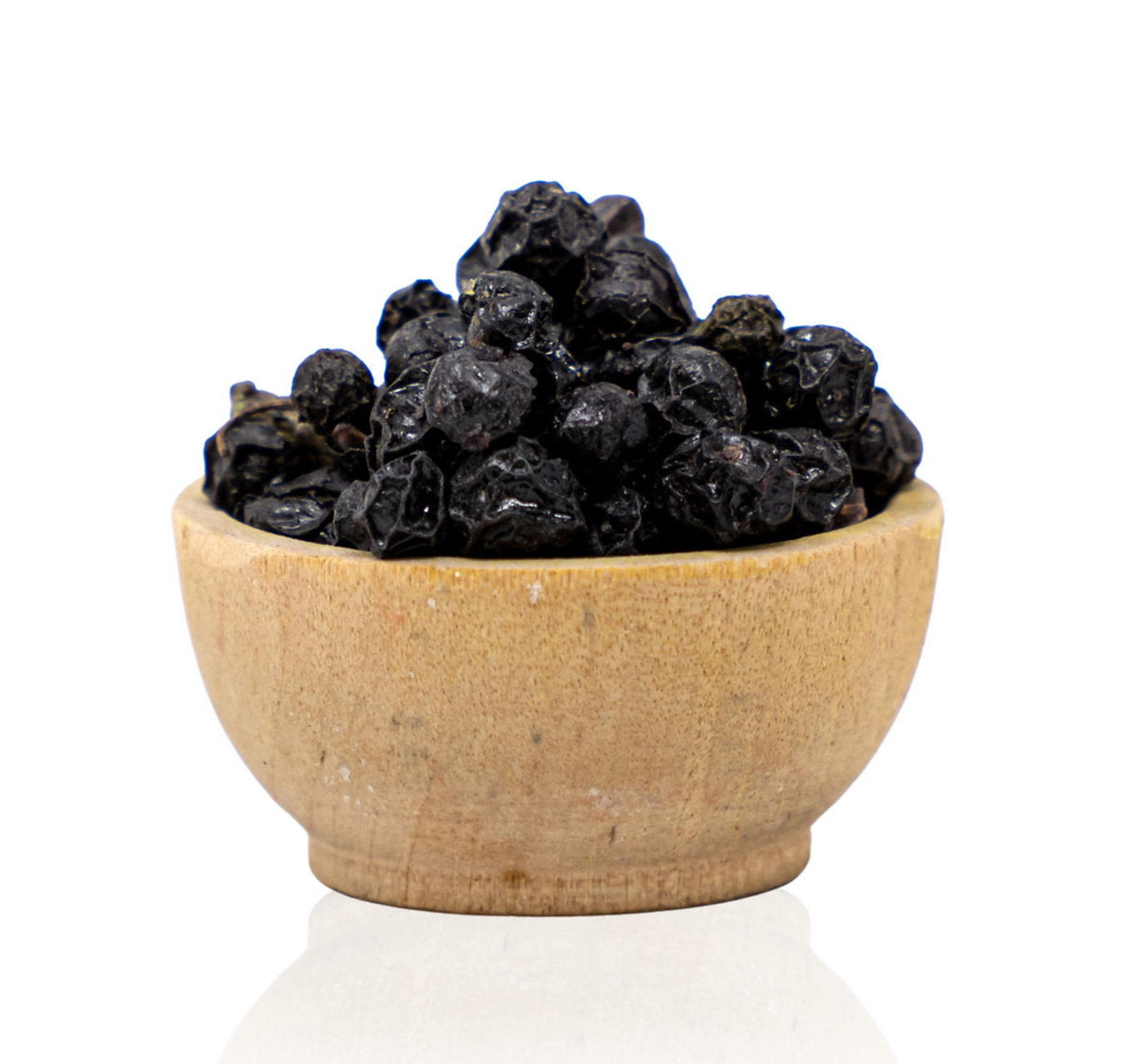
Buckthorn Berries (Rhamnus Maturi) organic
Pickup available at eHouse Rishon
Usually ready in 24 hours
Reliable shipping
Flexible returns
Description
Buckthorn berries (Rhamnus cascara), also known as Avignon berries, Persian berries, common buckthorn, are a traditional source of sap green dyes and inks. Used since at least the 15th century, they are mentioned in historic dye books such as the Nürnberger Kunstbuch (15th c.) and the Plichto (16th c.). By the 18th–19th centuries, they were widely used in textile dyeing, manuscript illumination, and ink making.
Did you know? In European folk traditions, buckthorn berries were not only used as a purgative but were also believed to ward off witches and demons. Their juice was often stored in animal bladders, which is why one of the traditional color names is bladder green.
Active dye compound: Rhamnetin
Colour Index: CI Natural Green 2
Our berries are 100% organic, sustainably foraged in Europe.
Shading Tips
- Substantive dye → no mordant required on wool
- Alum → clearer yellows, improved fastness
- Copper (verdigris or copper sulfate) → intensifies green, increases stability
- Iron → shifts to olive or brownish greens
-
pH variations:
– Acidic → yellow-greens
– Alkaline → brighter or more muted tones - Overdye with indigo → stronger, richer greens




